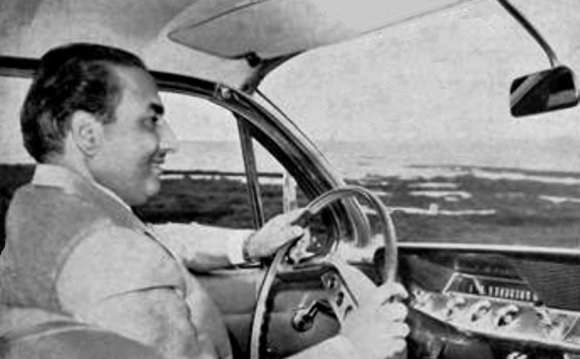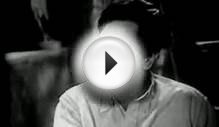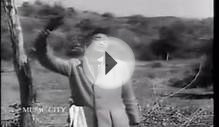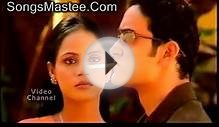
When it comes to YouTube, copyright law can be a video creator’s biggest nightmare. Can you use footage shot by someone else? Can you cover or parody a song by a popular artist? When is it fair use to include copyrighted material in your YouTube video and when is it not? The lines are often blurred when it comes to fair use and copyright laws, as they pertain to YouTube, can be confusing. Hopefully this post, our complete guide to fair use and YouTube, will help clear up the confusion a bit. Read on as we debunk some common myths about copyright and fair use, find out what, exactly, fair use is, and discuss how to figure out if your use of copyrighted material falls under fair use.
Before you read any further it is important to point out that this information should be taken only as general guidance and not legal advice. If you aren’t sure one hundred percent about how fair use law relates to your specific situation then you should consult a lawyer. This information is taken from a YouTube talk on fair use, Mashups, Parodies & Lip Dubs: Ask A Legal Expert About Fair Use. In the video, Anthony Falzone, executive director of the Fair Use Project and associate director Julie Ahrens answer questions about fair use as it relates to YouTube. You can watch the video at the end of this post.
What is Fair Use?
Anthony Falzone gives a fantastic explanation of what fair use is. He says, “If you think about copyright as a series of restrictions, fair use is a set of exceptions. It protects your right to use copyrighted material in certain ways and it’s not a trivial little technicality—it’s a fundamental part of the copyright bargain. We don’t give copyright owners unlimited control over their content—we preserve a whole variety of uses and things that people get to do with copyrighted content without permission. And fair use is really, above all else, a set of factors and considerations that help us figure out which things we carve out of the copyright monopoly, and which things we let people do without permission.”
YOU MIGHT ALSO LIKE












